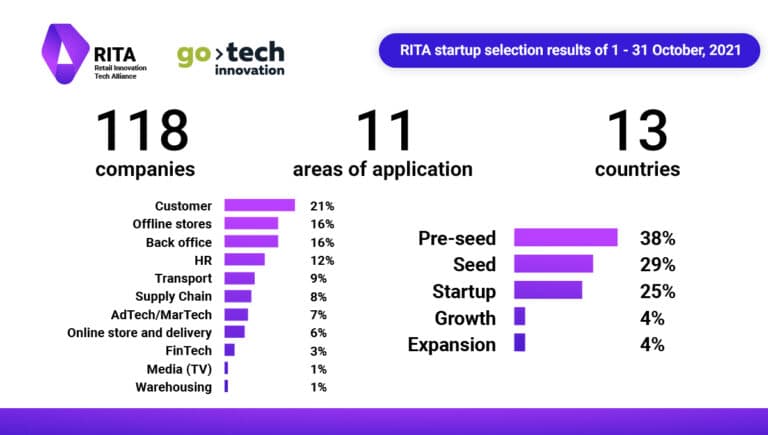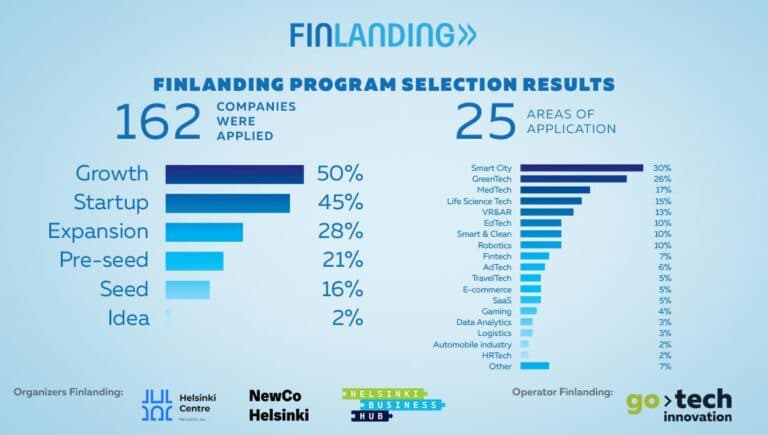
Find your investor
Not every investor will find your startup suitable for them. Perform your due diligence before making any appointments. Study the life path of your potential investor, their interests, social circle, opportunities, personal characteristics of the person who will communicate with you. And then try to make a prediction – whether you need them or not.
In times of crisis, investors usually fall into two groups. The former are more conservative and prefer not to invest in new startups for a while, rather focusing on the current portfolio companies. The latter, on the contrary, are willing to take risks, they are looking for opportunities to enter low-cost companies (the valuation of many businesses in the crisis is sufficiently reduced).
First seconds of presentation
It is believed that in the first 30 seconds you need to tell about your market, what it lacks, and what solution you offer. Here you can also note how other startups tried to enter with a similar solution, and why they failed, why you are better than the rest, and what competitive advantages the proposed product has. Ask yourself: why has no one launched a similar startup before? Highlight three key features of your solution and focus on them in the future. Some convincing facts or statistics to support your hypothesis will also be helpful.
Many entrepreneurs try to explain to the investor that they are entering a huge market with their own solution. But investors aren’t interested in hearing about this. On the contrary, it is important for them to show your “blue ocean” – a new niche that others have not yet found before you. “Blue ocean” is more attractive than “red”.
If you managed to interest the investor in the 30 seconds, then they will eventually relax and listen to you with pleasure.
Another option for starting a presentation is a life story before describing your startup. For example, how did you run into a problem for which you came up with a solution. Pain points need to be touched, since later they will become a bridge to the presentation of the solution itself. Additionally, within the framework of the novel, you can visualize the person (target audience) to whom your startup will help.
Team
In this section we suggest talking not so much about who is responsible for which areas, but rather to note the key and unique competencies of each of the company’s representatives. It’s especially important to highlight an accomplishment – for example, someone on the team recently came up with a solution that allowed your startup to accelerate. The investor wants to see the abilities, track record and commitment of all participants.
Of course, the founder is an important figure for them. Ideal one is the following: a 25-year-old leader with an experienced team around them. This means that they convinced experts who had already seen a lot in their idea.
In any case, a team needs experienced people. This is especially true in times of crisis. For example, you are introducing a startup to the market for the first time, and it will be easier for an investor to believe in you if your team has someone who will come up with advice in difficult times. Plus, experienced colleagues have the connections they need at any time.
Investments
Before your meeting with an investor, decide what you want to get from them as a result – money, connections, mentoring advice, or everything at once.
If it is an investment, some experts advise asking for an amount twice as much as you expect. Thus, it will not be necessary to soon return to the investor for additional funding. It is possible that you may end up selling a share of your company.
To justify the amount you need, divide it into four parts: people, product development and improvement, infrastructure, sales and marketing. The investor will immediately understand why you need as much as you ask for.
Show your exit strategy
What are you planning to do with your business in the next 5-10 years? Sell (takeover by a major player), go public or something else?
Feedback
First, prior to the meeting with an investor test your pitch to the audience (for example, in front of the team). Listen to their questions and adjust your presentation.
Entrepreneurs often think that knowing everything about their business lets them speak to the investor unprepared. But this is a mistake. Keep in mind that if you think that you will need 5 minutes only, then in practice it will take 10 minutes or more.
It is necessary to find the right balance of verbal and non-verbal information. If you do not like speaking, then you can bet on the presentation, but do not overload it with unnecessary text.
Be prepared for questions an investor might ask. To do this, look at your presentation through their eyes. What will they want to ask you: about the market, audience, product or business model? List potential questions and provide answers to them.
And don’t be afraid to ask for feedback on your pitch. This will help improve your presentation for meetings with other investors. During the pitch, have someone on your team note any investor reaction to the information provided.
If the investor turned you down, do not break off relations with them. They usually have a large social circle, and, perhaps, it is in this circle that you will find the partner you need.
Pitch during the COVID-19 pandemic
Now, at the end of the presentation, investors and experts advise on dedicating 1-2 slides to the development of your startup in the current difficult conditions and in the post-crisis period.
Ask yourself – how have recent world events affected your solution, does it still meet the needs of your target audience, does it need to be changed?
Present plans for a variety of scenarios in the economy: under good conditions, under more or less manageable situation, and for absolutely dire circumstances. For example, in the worst-case scenario, how would you cut costs or increase the profitability of the business? Do you have a plan to attract new investment if needed?
Investors need to understand how you can go through periods of economic downturn, how you can optimize your expenses, and how you will protect your market share. You need to show particular steps to solve this problem and prove that you can mitigate the risks and impact of unexpected calls on your startup. Another important aspect is how flexible the company is, are you ready for a pivot in the changed conditions?
Explore your options. Most likely, some of them, which are not in demand under normal conditions, will, on the contrary, be very much needed during periods of economic turbulence. Which of them can become priorities in response to the crisis? The simplest example is the need for remote communication. If your startup has such competencies, then in the current period they should take a place at top.
Investors now pay more attention to due diligence. Now that fundraising will become much more difficult than before, startups need to be prepared for new and tougher demands from investors. They will need to not only better understand whether you know your client, but also understand the needs of the market in the current situation.
And be prepared for the post-crisis growth!










